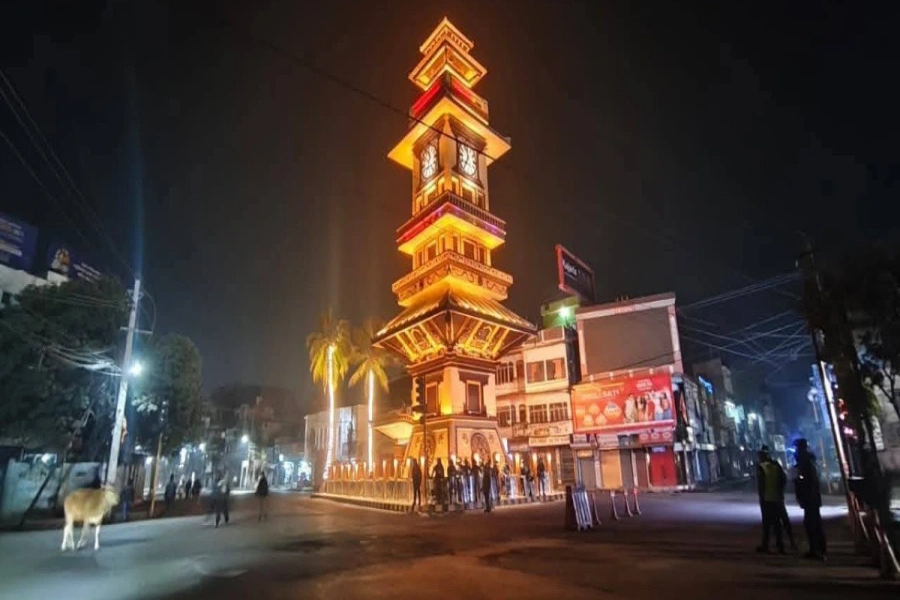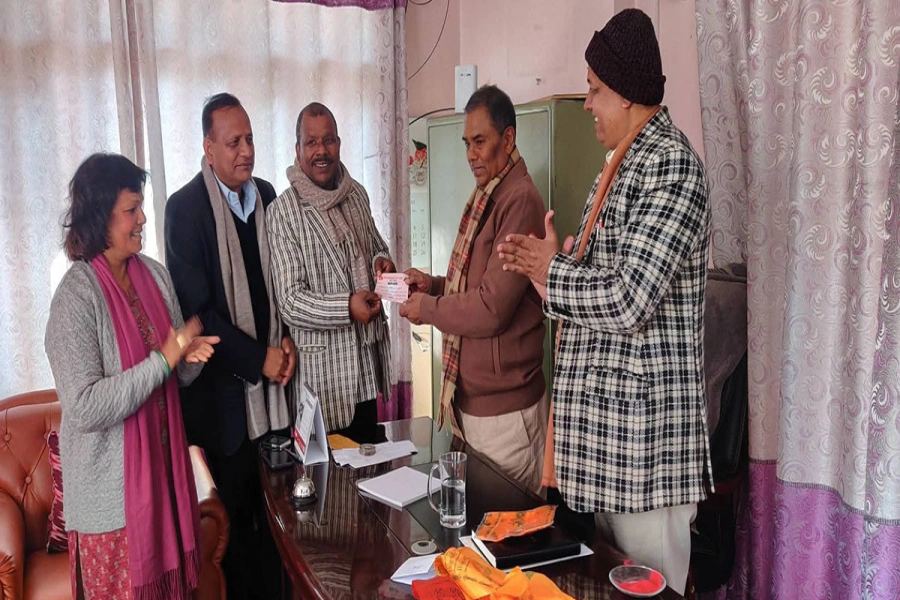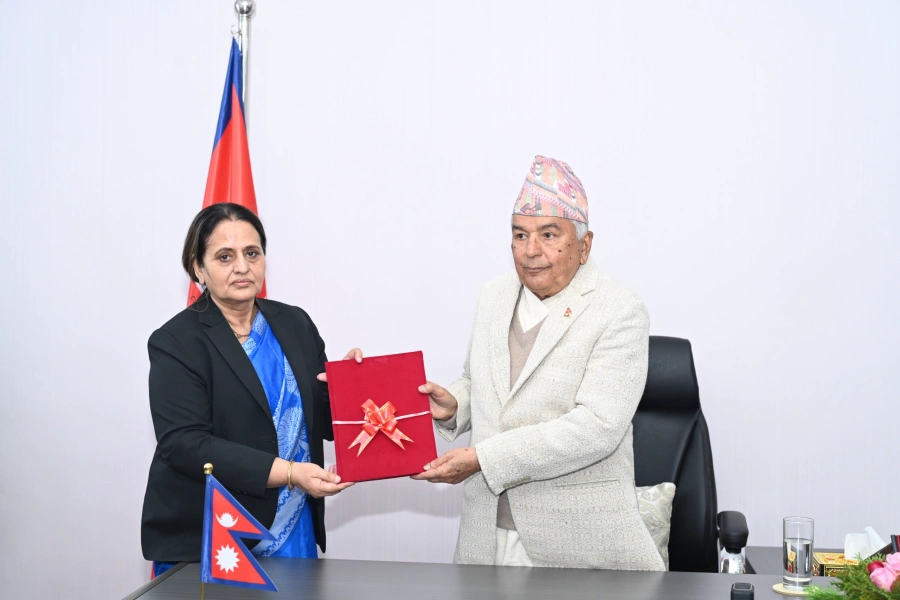Nepal has geopolitical relations and geo-economic interest to expand its economic ties with India and China. Nepal historically has remained a neutral country and has to stay neutral this time too.
Two nuclear-armed countries with second and third highest military spending encountering an eyeball to eyeball faceoff at the disputed border at Galwan Valley in Aksai Chin Ladakh area of the western Himalayas is not only shocking but concerning to the world. It is reported that the Indian side suffered twenty casualties and many injuries, whereas the details of the harm to the Chinese side is not yet published. However, the violent non-firearm border clash is not limited to counting the casualties. The broader geopolitical implication of this is much more concerning and scary to the region.
The politico-structural compulsion of both China and India are the main reasons for them not to back up from their military and political stand.
China, as a revisionist power and centrally controlled socialist system, aims to come out of the legacy of ‘century of humiliation,’ which has led it to be assertive and tighten its control over Hong Kong, South China Sea and its relations with its neighbors. During the time when the United States and its allies were extending its economic and political pressure on China, this move of China can be understood as one of the many tactics that it has implemented to give a message to the world that it is no more a weak developing country but an economically and militarily robust regional power.
India, on the other hand, with the leadership of PM Narendra Modi, a Hindu nationalist leader with a landslide victory in the past election, has been developing its political power in recent years by reinforcing the military capabilities. The geopolitical compulsion of India being exposed to the rival powers both in the western and northern front, some argue, obliged India to expand its military spending. Whatever may be the reason the largest democratic country, and its ruling Bharatiya Janata Party, does not want to be seen weak, which might affect its internal political dynamics but also its political assertion in the region. ‘Surgical strike’ in Pakistan, a standoff at Doklam, and border road construction from the ‘disputed’ Nepali territory and its progress on a defense agreement with Vietnam are some examples of India’s changed outlook.
Nepal should stay neutral; have good relations with both India...

India- China border clash can also be considered as frustration and misunderstanding that was piled up historically. On the Indian side, the China threat remained as a historical stain in the Indian military and civilian psyche; whereas, on the Chinese side, India’s greater influence over the South Asian and Indian Ocean regions is coming in the way of expansion of its interest vertically to the warm water of the Indian Ocean. China’s greater friendship with countries like Pakistan, Sri Lanka, Nepal and the Maldives, which was considered as the ‘region of Indian sphere’ and India’s association with the countries like Mongolia, Vietnam and Myanmar, what China considers its ‘sphere of influence’ are also some additional factors for India and China to flex its muscles at the border. Also last year, the Indian government’s move of revoking the nominal autonomy of the broader Jammu and Kashmir region and dividing the former ‘state’ into two separate territories: ‘Jammu & Kashmir’ and ‘Ladakh’ has miffed China as it considers parts of Ladakh as disputed territory.
What should Nepal do?
Nepal, as a non-allied country, has historically remained at a difficult position of neutrality during the Indo-China border war of 1962. Neutrality is a precarious position in the debate of international politics. But if we look into the history of Laos during the Vietnam War and the history of Finland and Belgium during the Second World War, however, it shows that it was the only viable option to small landlocked power like Nepal, which would have cost tremendously in political, strategic and economic spheres, had it decided otherwise in 1962. Nepal’s position in the Indo-China conflict of the early 1960s had helped Nepal in promulgation and development of its policy of balance.
Even in today’s context Nepal is strategically important to both the powers. It is gateway to the sensitive Tibet Autonomous Region, which plays a vital role in China’s South Asia policy. Also Nepal’s geographical position at the Himalayan region has provided some sense of relief and concern to Indian polity. Being situated between two rival powers, Nepal has not only geopolitical relations with these countries but also has geo-economic interest to expand its economic ties with both India and China. Nepal historically has remained a neutral country and has to stay neutral this time too.
Presence of more than 30, 000 Nepalis in the Indian military and paramilitary forces, who might be deployed in the frontline if the conflict escalates, is also another reason for Nepal to remain neutral in this conflict. The neutrality of Nepal has been tested many times in recent history. Despite the pressure from both India and China to endorse their side, Nepal saw the Doklam crisis as symptomatic of the propensities of the strong countries to interfere in the affairs of small sovereign state, Bhutan. Similarly, India’s request to join the military drill of BIMSTEC was also opposed by Nepal as Nepal did not want this developmental forum to be prioritized as a military pact.
Nepal has border dispute with India. However, Nepal has to preserve this historical legacy of neutrality, which it has carried after its democratic transition of 1950. And it should prevent itself from being engulfed with the aggressive rhetoric.
Doctoral Candidate,
Department of International Relations
South Asian University, New Delhi, India
For comments- bipinghimire14@gmail.com







































